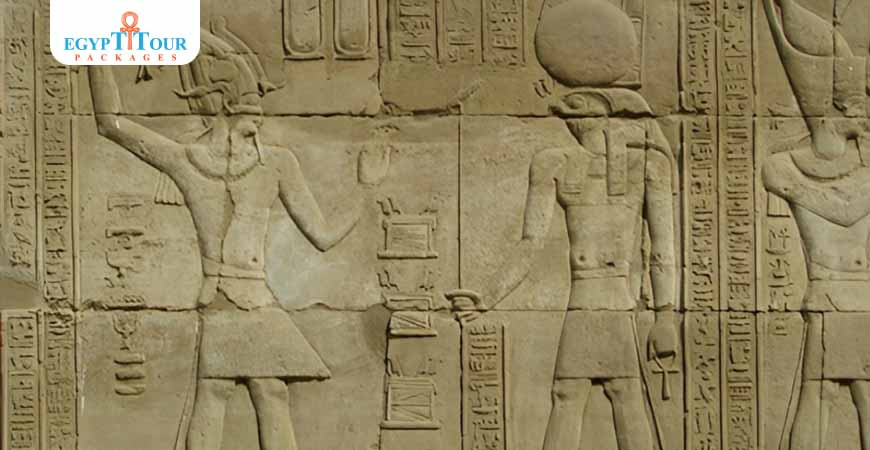

Giza Plateau
The pyramids are tombs for kings, each named after the ruler who created it and was laid to rest inside.
The Great Pyramid of Giza
If you’ve ever dreamed of visiting one of the most famous landmarks in the world, a trip to the Great Pyramid of Giza should be at the top of your list. Located just outside Cairo, Egypt, this ancient wonder is not only the largest pyramid in Giza but also one of the last remaining wonders of the ancient world. Here’s a simple guide to what you can expect on a tour to the Great Pyramid. When you first arrive at the The pyramids are tombs for kings, each named after the ruler who created it and was laid to rest inside. Giza Plateau , the sight of the Great Pyramid towering over the desert will take your breath away. This massive structure, built over 4,500 years ago for Pharaoh Khufu, stands as a symbol of ancient Egypt’s power and engineering skills.
-
Exploring the Exterior
Before heading inside, take time to walk around the Great Pyramid. Its massive stone blocks and smooth limestone exterior (though most of the casing has worn off over the centuries) are awe-inspiring. You can get a great view of the pyramid and the surrounding complex, including the the Great Sphinx is one of the world's largest monuments. It is also one of the most recognizable relics of the ancient Egyptians. Sphinx , which is just nearby.
-
Entering the Great Pyramid
To enter the pyramid, you’ll climb a few steps to the entrance on the north side. Once inside, you’ll walk through a narrow passage that leads deeper into the pyramid. As you move through the dark, winding corridors, you’ll feel the history surrounding you.
-
The Grand Gallery and King’s Chamber
Walking through the pyramid, you’ll reach the Grand Gallery, a steep, sloping corridor that takes you to the King’s Chamber. This is where Pharaoh Khufu’s body once lay, in a sarcophagus made of massive stone. The chamber feels both peaceful and impressive, with its huge stone beams and ancient atmosphere.
-
The Queen’s Chamber
You can also visit the Queen’s Chamber, a smaller room that may have been intended for Khufu’s queen. While not as grand as the King’s Chamber, it’s still an interesting part of the pyramid’s layout.

Pyramid of Khafre
If you’re into ancient history, Khafre’s Pyramid in the Giza Pyramid Complex is a spot you can’t miss. It might be a bit smaller than the Great Pyramid of Giza, but it’s still an amazing piece of engineering and one of the most recognizable sites in the world. Here’s a straightforward guide to what you can expect when you visit Khafre’s Pyramid. when you Getting to the
The pyramids are tombs for kings, each named after the ruler who created it and was laid to rest inside. Giza Plateau
Once you arrive at the
The pyramids are tombs for kings, each named after the ruler who created it and was laid to rest inside. Giza Plateau
, you’ll be greeted by three massive pyramids: the Great Pyramid of Khufu, Khafre’s Pyramid, and Menkaure’s Pyramid. Khafre’s Pyramid is the second largest and is often seen as the most visually impressive, thanks to its well-preserved casing at the top and its close proximity to the Great
the Great Sphinx is one of the world's largest monuments. It is also one of the most recognizable relics of the ancient Egyptians. Sphinx
. Checking Out Khafre’s Pyramid from the Outside Standing at 143 meters (470 feet), Khafre’s Pyramid is a bit shorter than Khufu’s, but it appears taller because it’s built on elevated ground. Take a moment to appreciate the smooth limestone casing at the top, which gives it a unique appearance compared to the other pyramids. Walking around the base, you can really admire the craftsmanship that went into its construction.
Entering the Pyramid :You can visit the tomb inside Khafre's pyramid but the corridor is narrow and it is humid inside. With only one way in and out, those with claustrophobia should avoid going inside. The
The pyramids are tombs for kings, each named after the ruler who created it and was laid to rest inside. Giza Plateau
is an amazing spot and the main reason for visiting Egypt.

Pyramid of Menkaure
The third major pyramid at Giza is dedicated to Menkaure. It's the smallest of the trio, standing at 65 meters (213 feet), but it houses some of the most impressive sculptures from all of ancient Egypt. Menkaure’s pyramid has a more intricate layout compared to Khafre’s, featuring a chamber with decorative panels and another with six large niches. The burial chamber is made of huge granite blocks. Inside, they found his black stone sarcophagus, which was beautifully carved but unfortunately lost at sea in 1838 while being shipped to England. Excavations in Menkaure’s mortuary and valley temples, which were unfinished at the time of his death, uncovered several statues of the king. Among these was a stunning diad of the king with a queen (now in the Museum of Fine Arts, Boston) and various triads depicting the king with different deities, originally placed around the open court. This temple remained a site of worship until late in the Old Kingdom and underwent significant reconstruction at the end of the 6th dynasty after a flood caused extensive damage.

The valley temple of khafre facts
The Valley Temple of Khafre is a key part of the Pyramids of Giza Complex and a must-see for anyone traveling to Egypt. It stands as a testament to the incredible achievements of ancient Egyptian civilization, showcasing the significance of the fourth dynasty in Egypt's history. This temple is one of the best-preserved structures from the Old Kingdom, especially from that fourth dynasty era. After being buried under sand for ages, it was excavated in the 1800s. It's truly an engineering marvel and a stunning example of ancient monumental architecture. With its unique design, it ranks among the oldest stone buildings in Egypt, if not the entire world. You can find it to the east of Khafre's pyramid, not far from the Nile and the iconic Great the Great Sphinx is one of the world's largest monuments. It is also one of the most recognizable relics of the ancient Egyptians. Sphinx temple. So, who’s behind this impressive structure? The Valley Temple of Khafre is credited to King Khafre, a notable ruler from the 4th Dynasty. This area is steeped in history, as it was once the site where Egypt's greatest kings and pharaohs built their burial temples. Inside the Valley Temple, archaeologists have uncovered remnants that reference the names of Hathor, Bubastis, and Khafre himself, along with statues of Khafre that were found during excavations in the 1860s.

The sphinx facts
The Great the Great Sphinx is one of the world's largest monuments. It is also one of the most recognizable relics of the ancient Egyptians. Sphinx of Giza is a massive sculpture featuring a human head on a lion's body. The ancient Greeks named it the ' the Great Sphinx is one of the world's largest monuments. It is also one of the most recognizable relics of the ancient Egyptians. Sphinx ' because it reminded them of their own mythical creature with wings. This impressive statue was carved directly from the bedrock along the path that linked the Pyramid of Khafre to its Valley Temple, suggesting it was created during Khafre’s rule around 2558 to 2532 BC. It's also thought that the the Great Sphinx is one of the world's largest monuments. It is also one of the most recognizable relics of the ancient Egyptians. Sphinx 's face was modeled after Pharaoh Khafre himself. The the Great Sphinx is one of the world's largest monuments. It is also one of the most recognizable relics of the ancient Egyptians. Sphinx looks from west to east and is about 73 meters (240 feet) long and 20 meters (66 feet) tall.

Tomb of Queen Meresankh III virtual tour
Queen Meresankh III was the daughter of Hetepheres II, who was the Queen during the IV Dynasty (2723 to 2563 BC), and Prince Kawab. She was also the granddaughter of Khufu, the King of the IV Dynasty, and the wife of Khafre, the fourth king of that dynasty. Meresankh passed away shortly after Khafre's reign ended and was laid to rest in a Mastaba located in the Giza Necropolis (G7530). The inscriptions flanking her tomb's entrance indicate that her burial took place 272 days after her death. Her tomb in the eastern necropolis at Giza is one of the most impressive and largest among the few that are open to visitors (there are many, but only three can be accessed right now). It features two main chambers separated by pillars, adorned with stunning high-relief figures of the Queen and her family on the back wall. There's another chamber with four similarly carved female figures that leads to a stairwell, which provides access to a lower crypt that lacks any notable features. To visit the tomb, you'll need to buy a separate ticket at the entrance, and since it doesn't attract many visitors, you might need a local guardian to unlock it for you.

Labor tombs
The Laborers' Tombs in Giza offer a unique glimpse into the lives of the workers who built the pyramids. These tombs are located near the Great Pyramid and were discovered in the 1990s. They were used to bury the laborers who worked on the construction of the pyramids, showing that these workers were highly skilled and not slaves, as often believed.

9 Pyramids Lounge
It sounds like you're interested in the lunch experience at the 9 Pyramids Lounge! The restaurant offers a unique and picturesque setting, with panoramic views of the Great Pyramids of Giza. You can enjoy a variety of Egyptian dishes while looking out at one of the Seven Wonders of the Ancient World. The menu typically includes traditional Egyptian fare, such as koshari (a hearty mix of rice, lentils, and pasta), grilled meats (like kofta and kebabs), stuffed pigeon, and fresh salads. You can also try Egyptian desserts like baklava or basbousa (a semolina cake).

Giza Pyramids camel ride
Have you ever gone camel riding in Egypt? You should definitely check out a horse or camel ride at the Giza Pyramids for two hours during sunrise or sunset. While you're on the ride, you'll get to take in the amazing views of the Cheops, Chephren, and Mykerinus pyramids from the outside. The Great Pyramid of Giza is the largest Egyptian pyramid and served as the tomb of pharaoh Khufu, who ruled during the Fourth Dynasty. The Great Pyramid s are not only the oldest of the seven wonders of the Ancient World, but they also held the title of the tallest man-made structure for over 3,800 years, making them one of the most significant tourist attractions in Egypt.

Horse ride in pyramid of Giza
Get away from the chaos of the city and dive into an amazing horseback riding experience near the famous Giza Pyramids. You can pick a stunning sunrise or a captivating sunset ride, both giving you incredible views of the desert and the pyramids. Don’t forget to snap some breathtaking panoramic shots as the sun either rises or sets, making this a truly unforgettable adventure.

Post A Comment
Your Email Address Will Not Be Published.

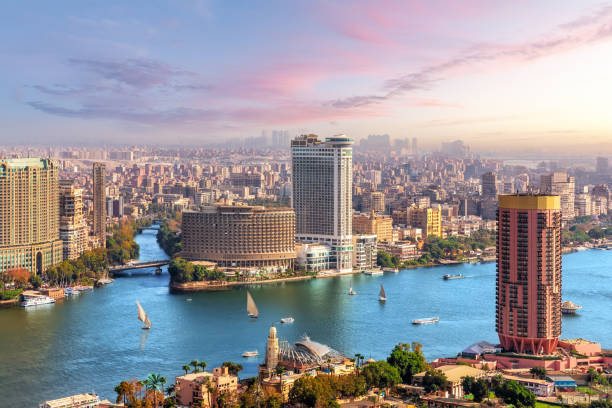
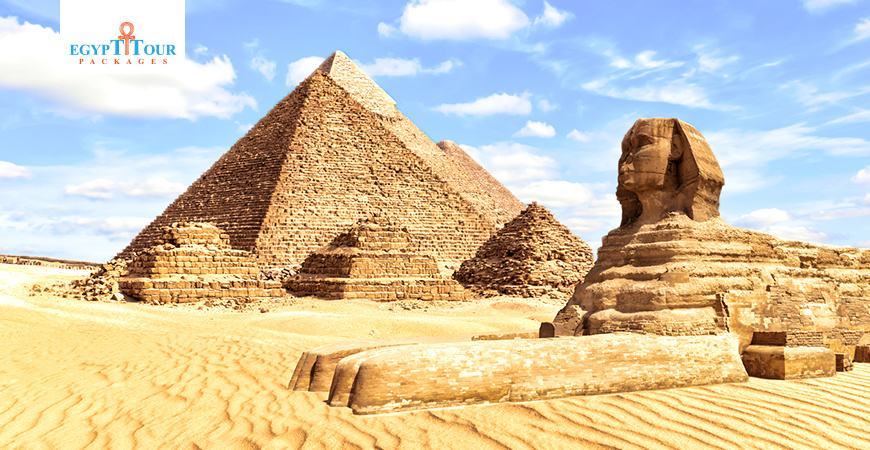
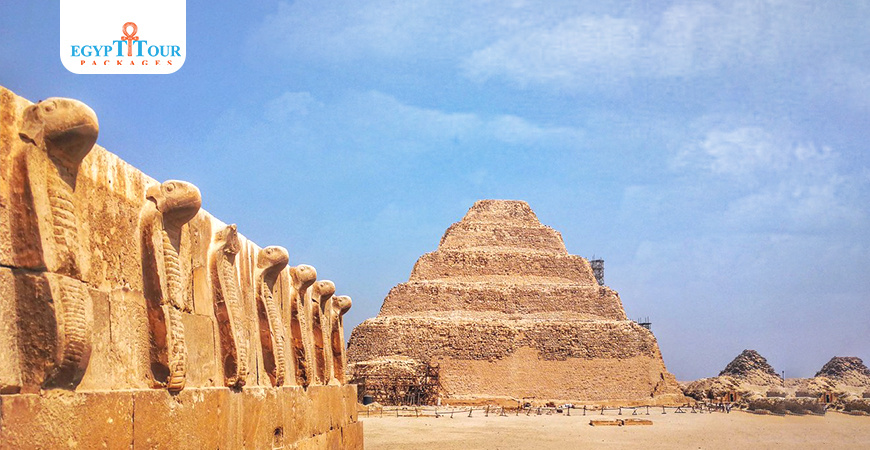







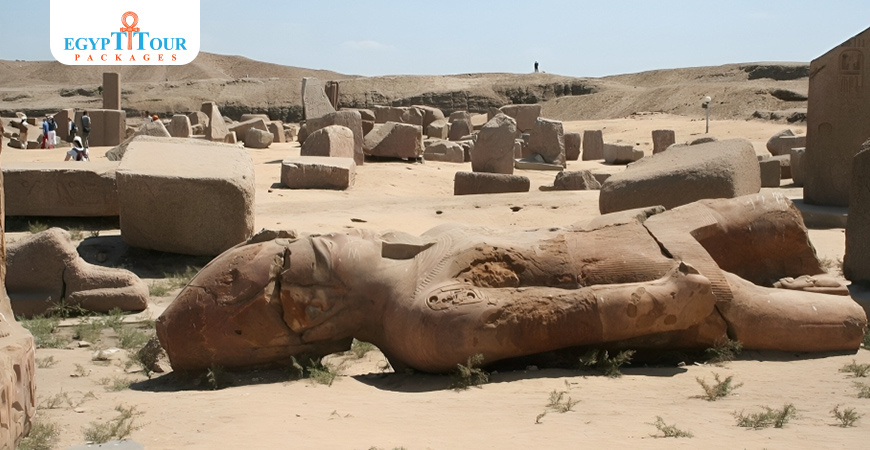

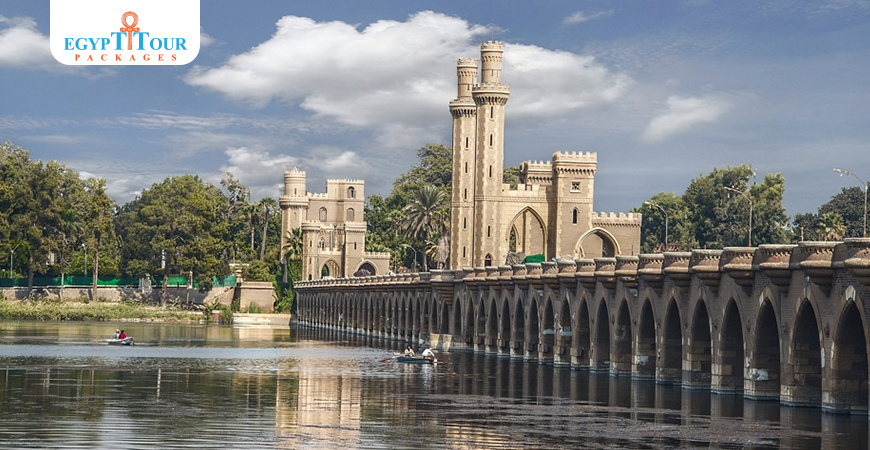
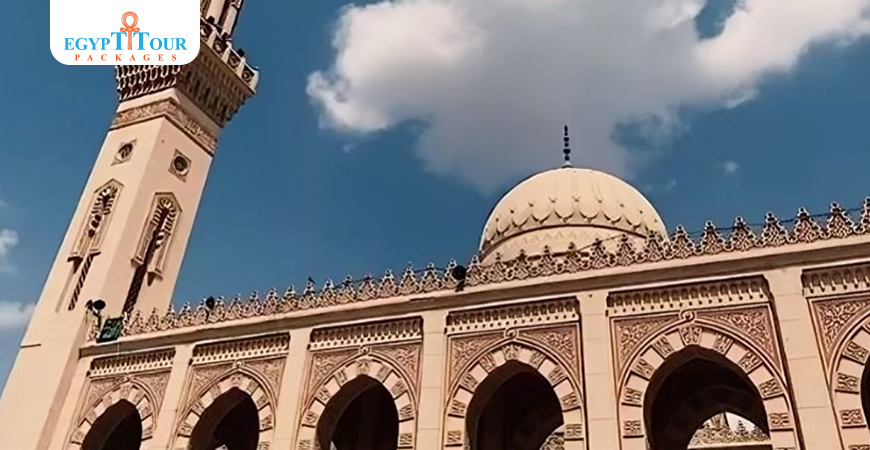


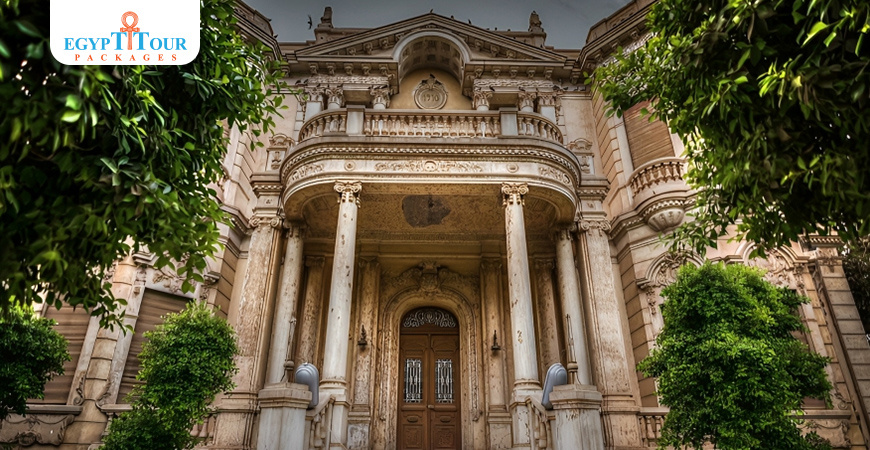
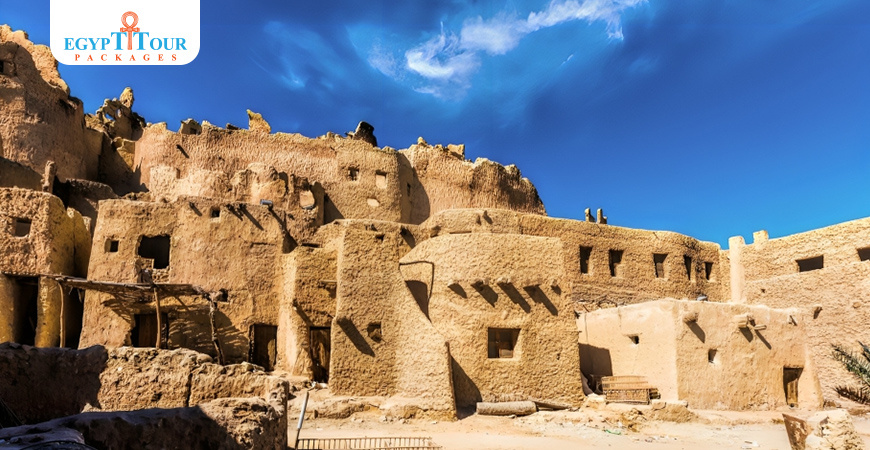
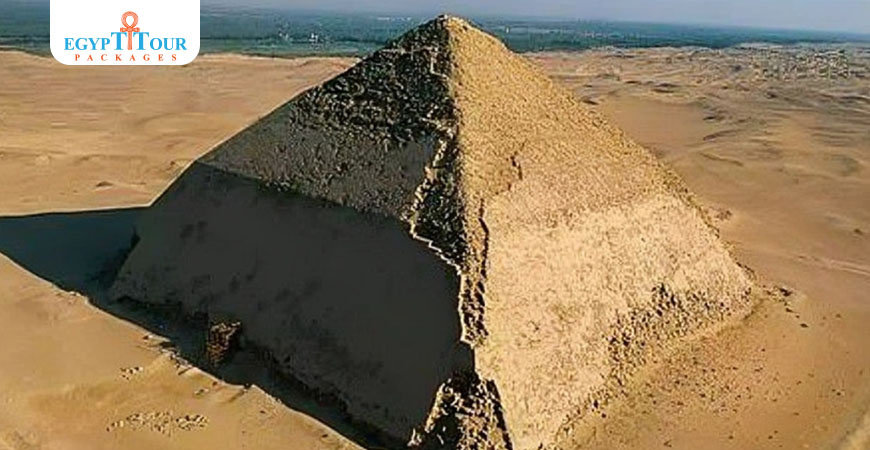
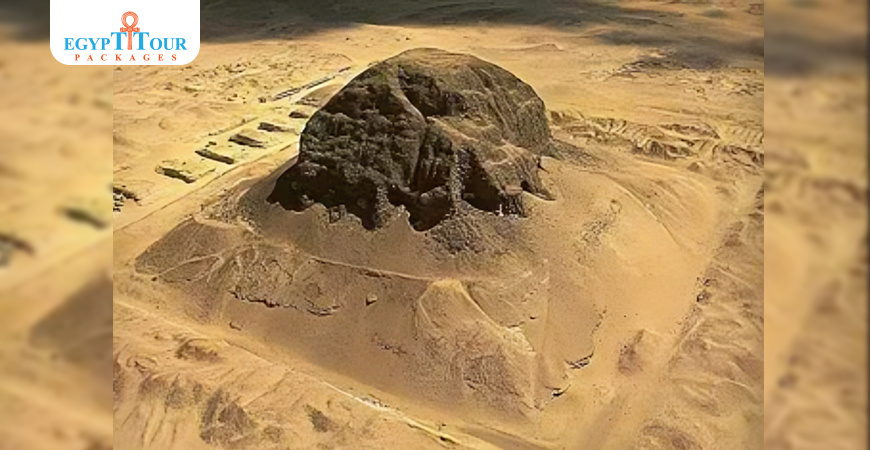
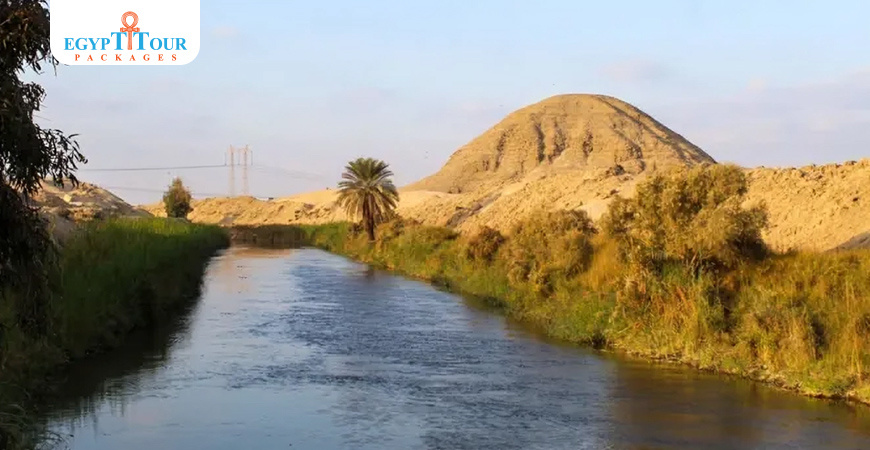
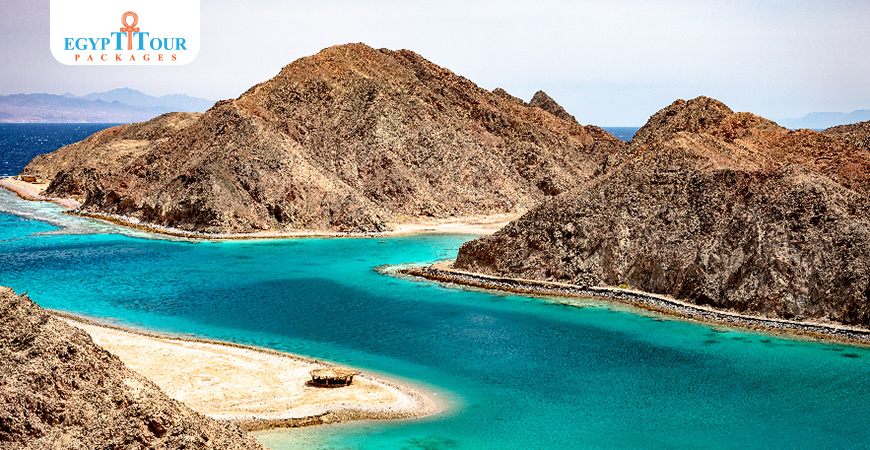

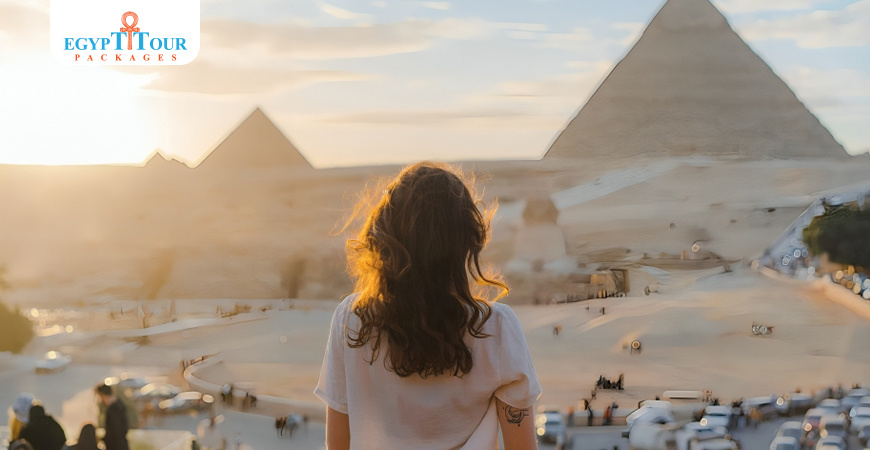
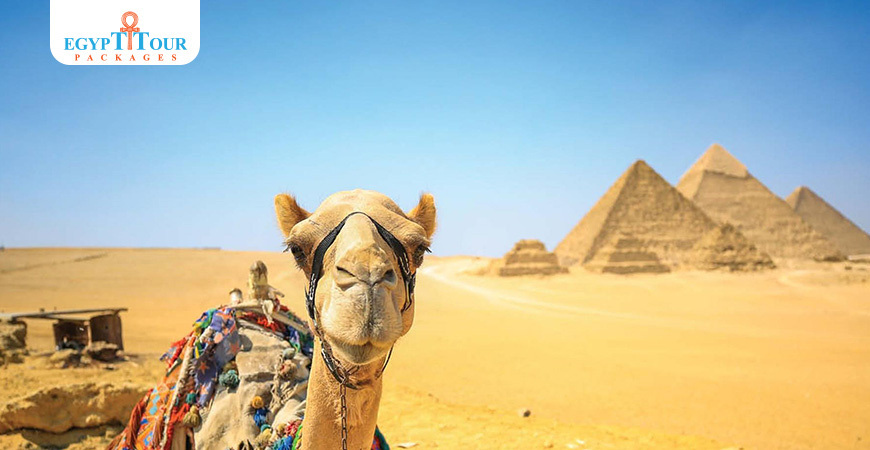
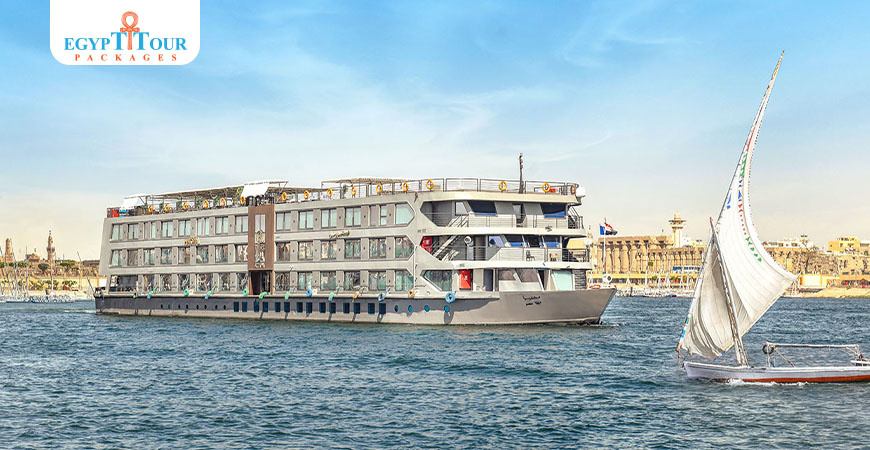










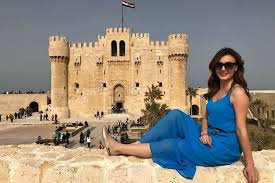
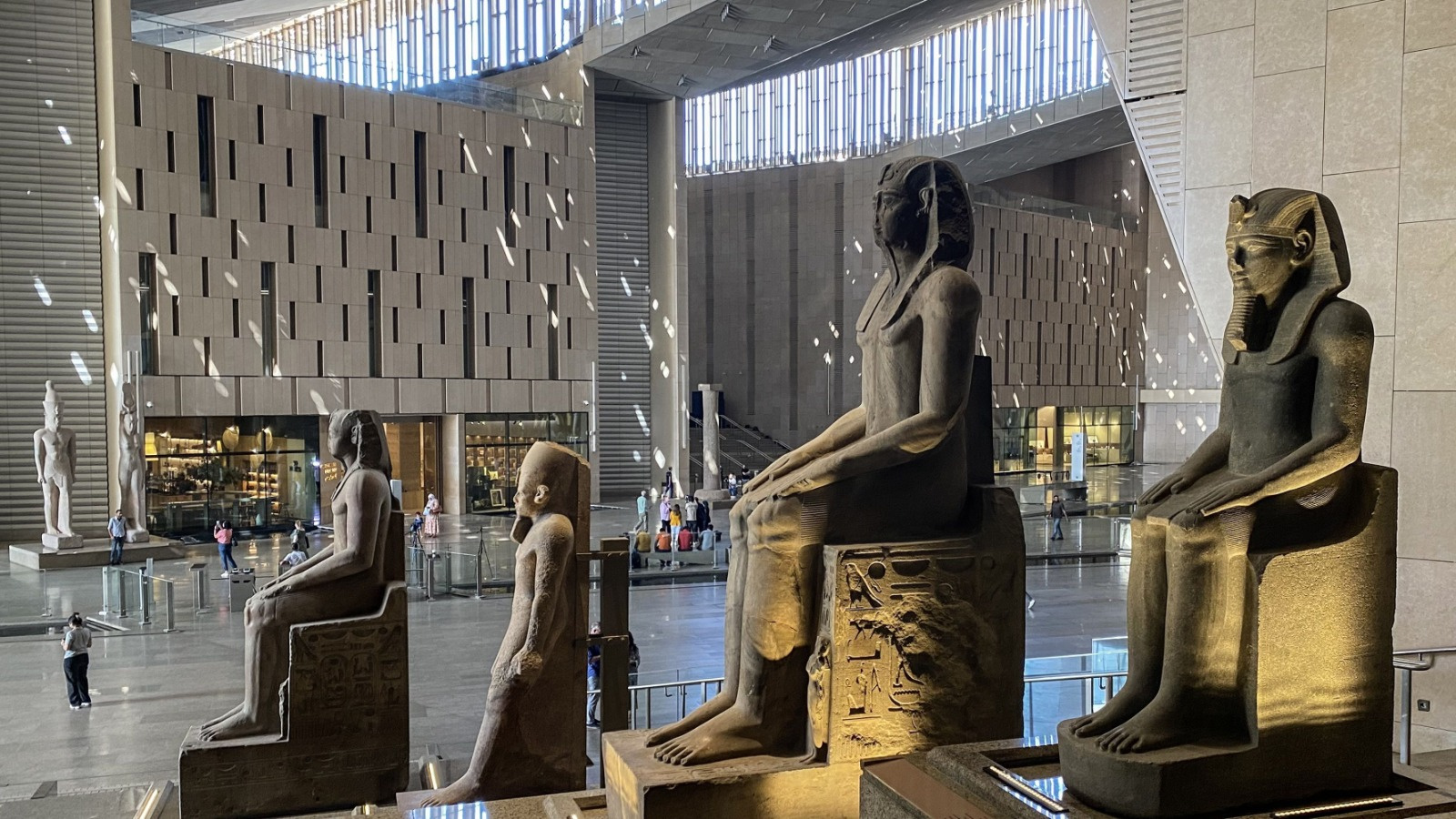
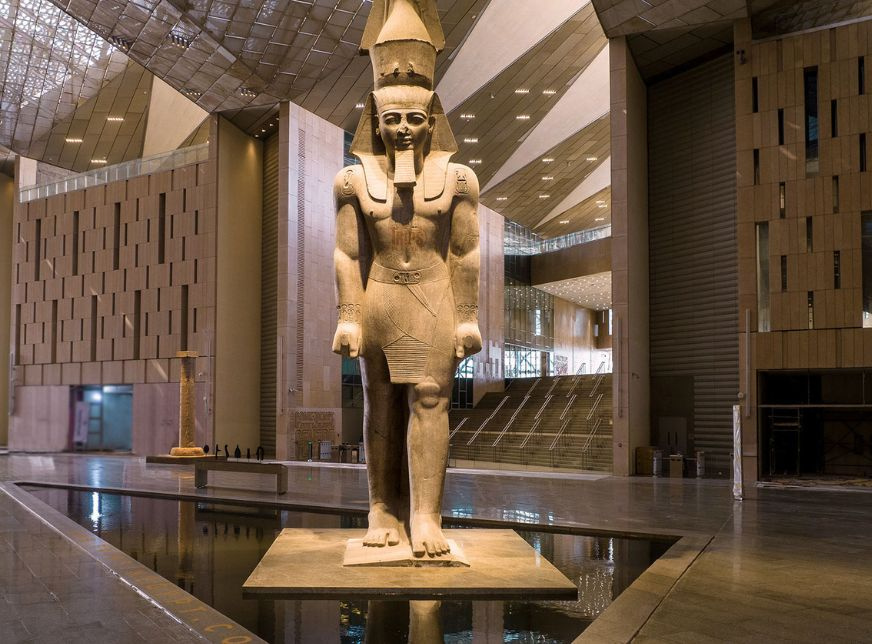
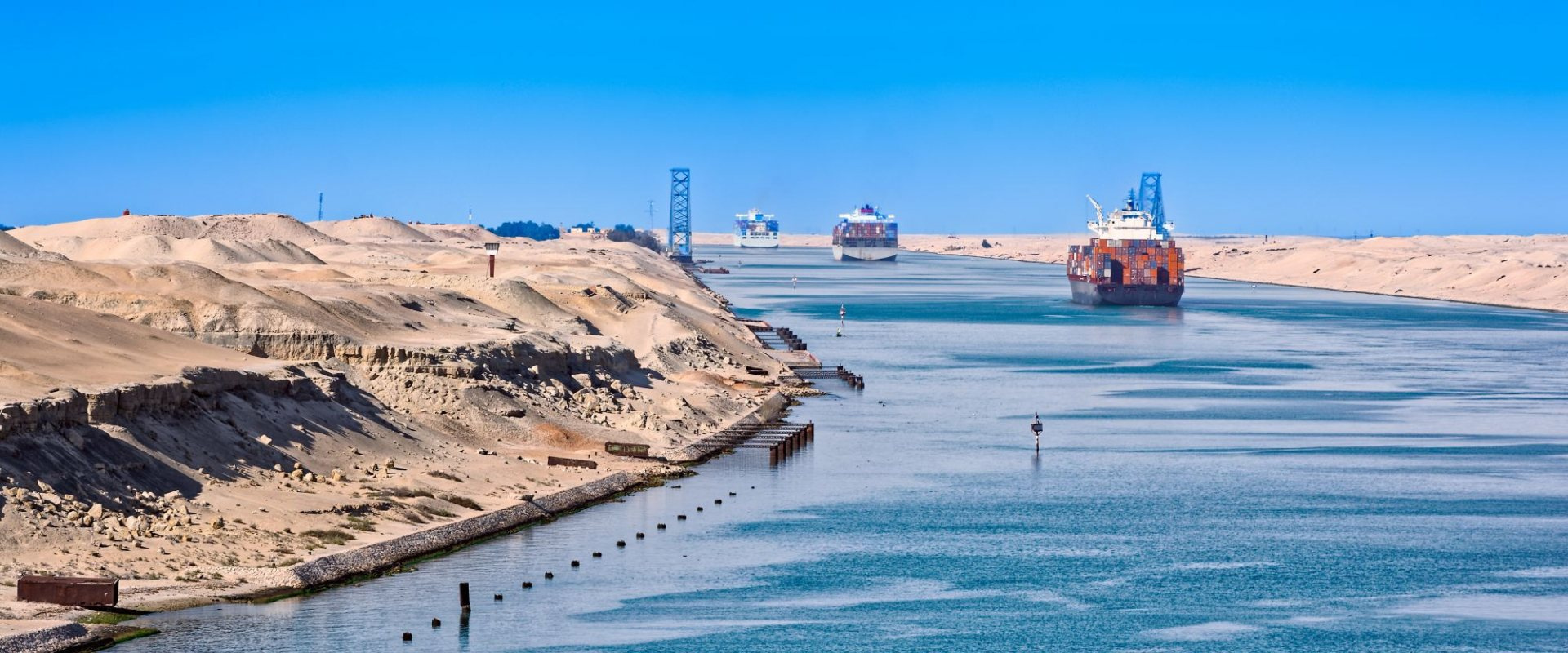

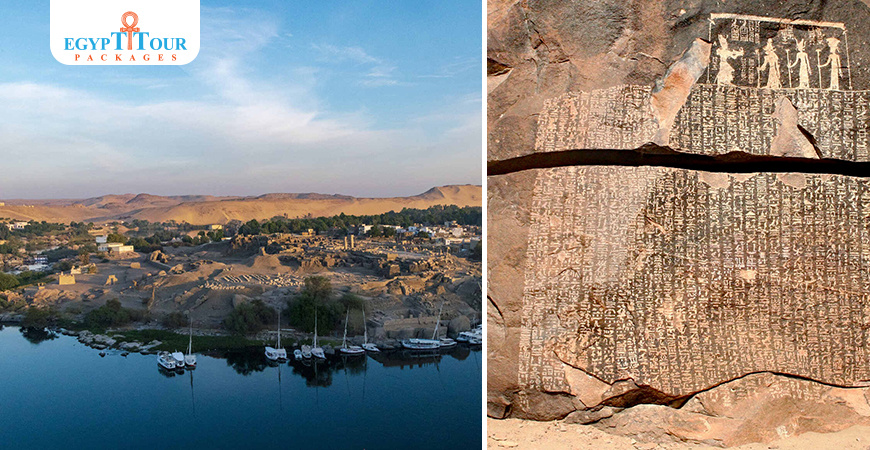
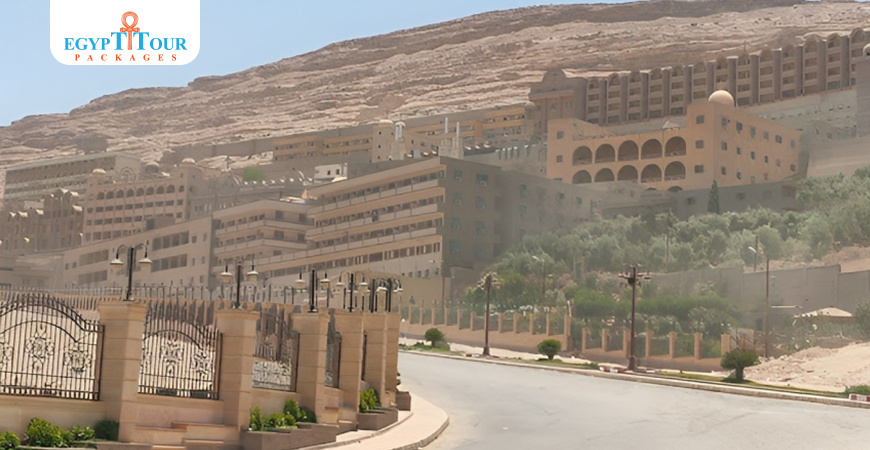
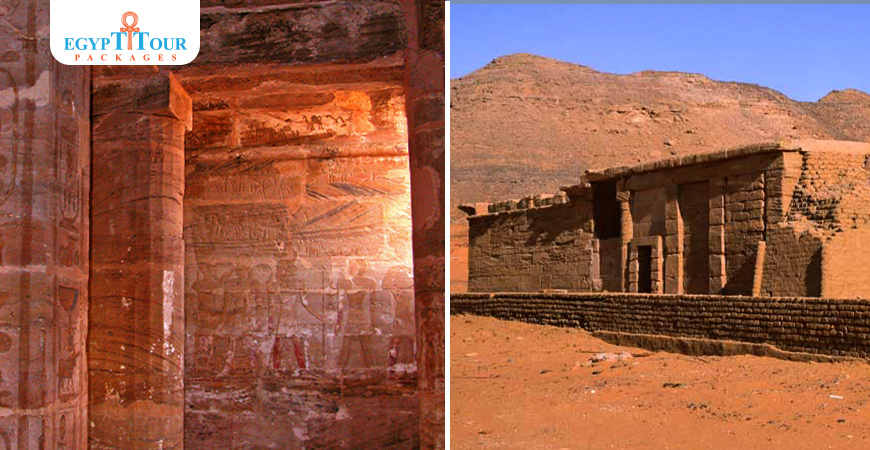
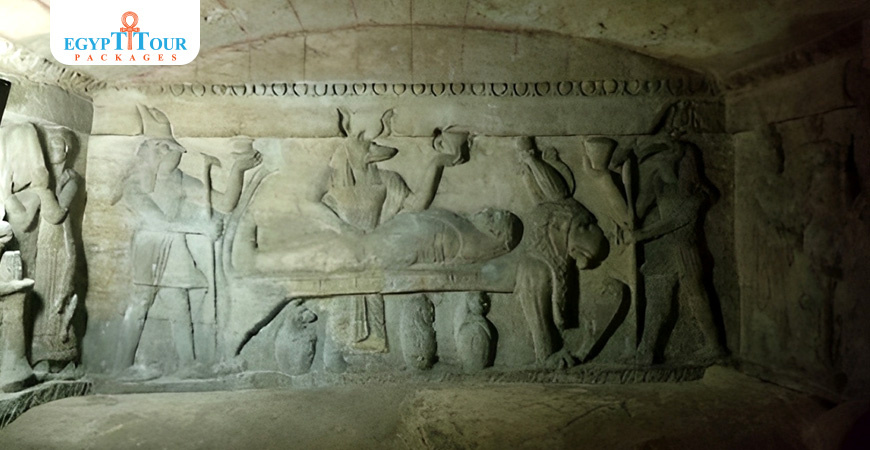



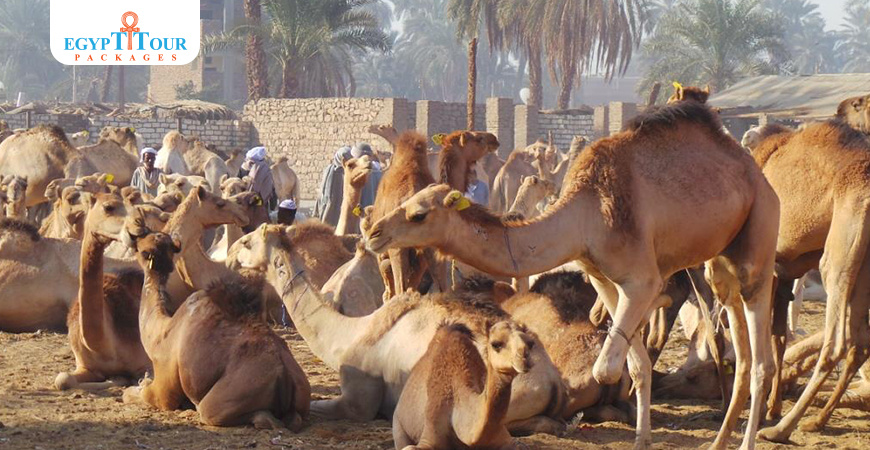









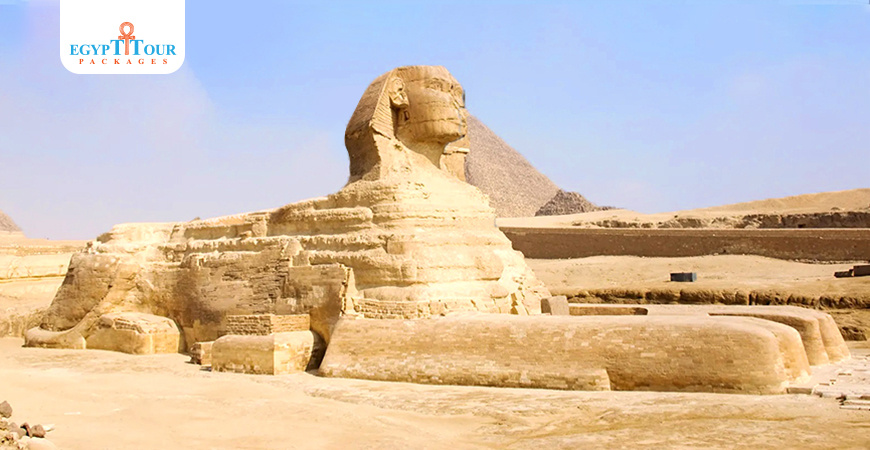
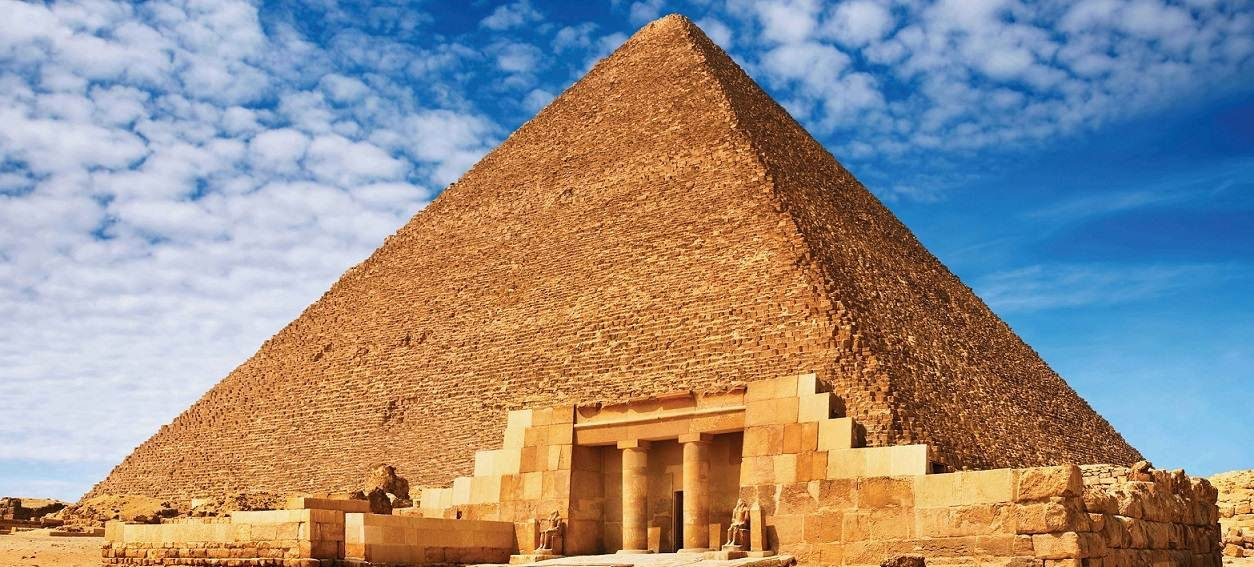
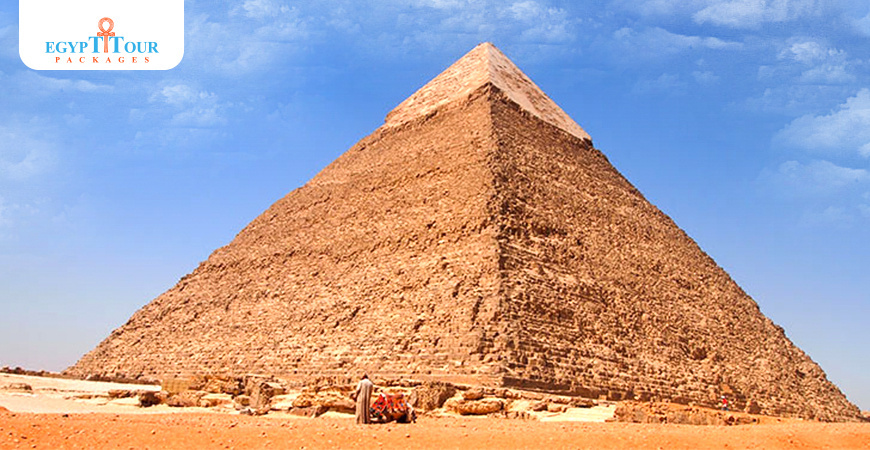
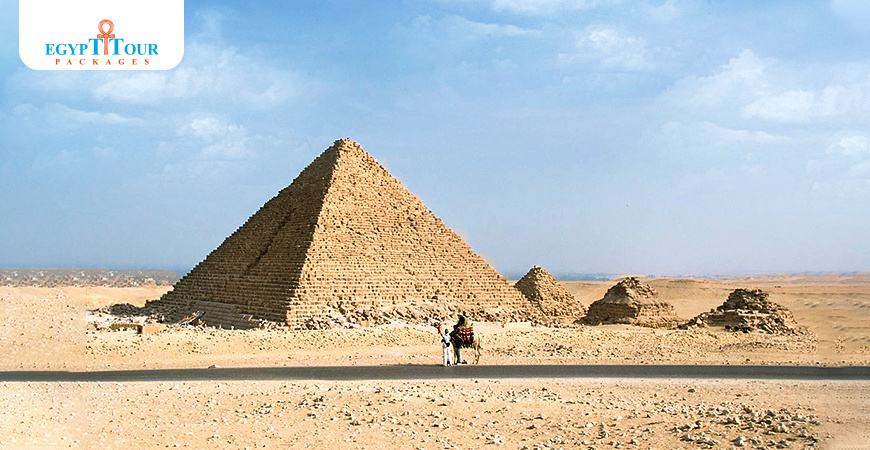
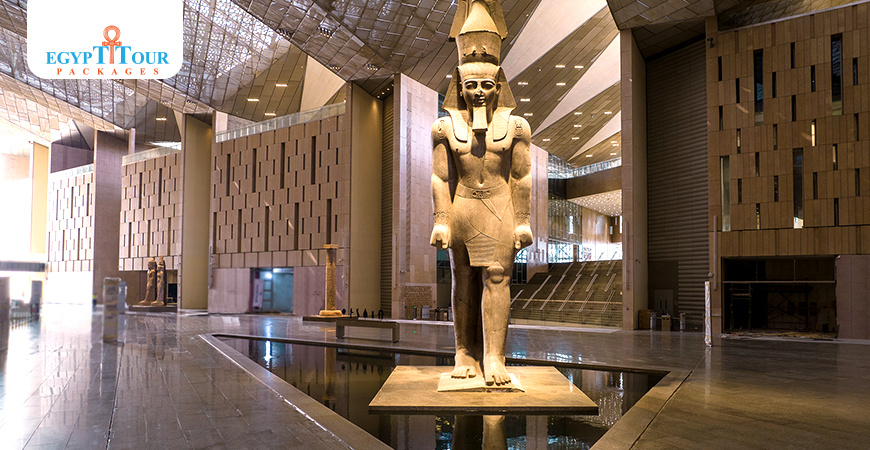
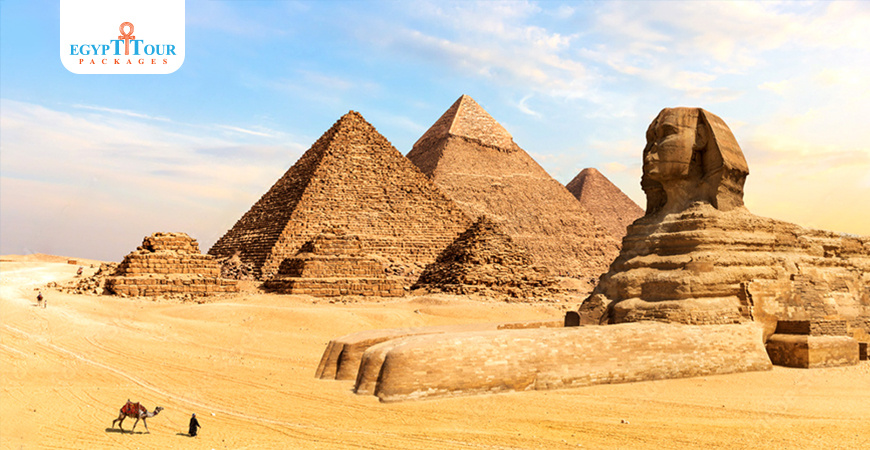
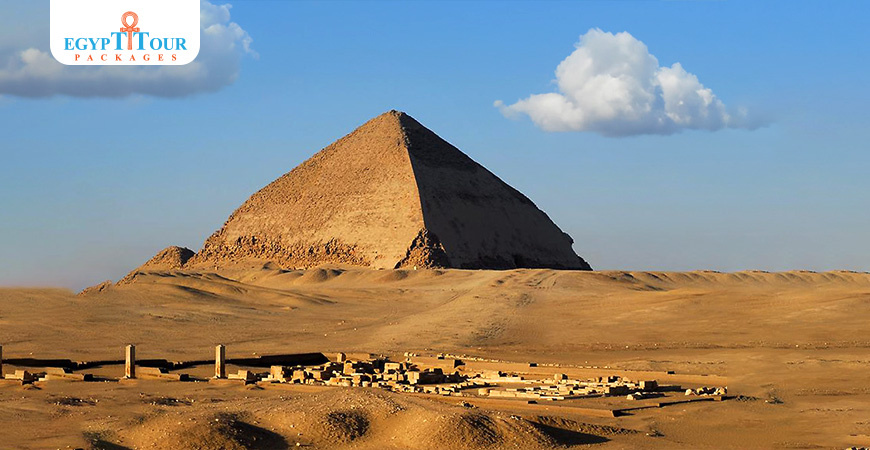
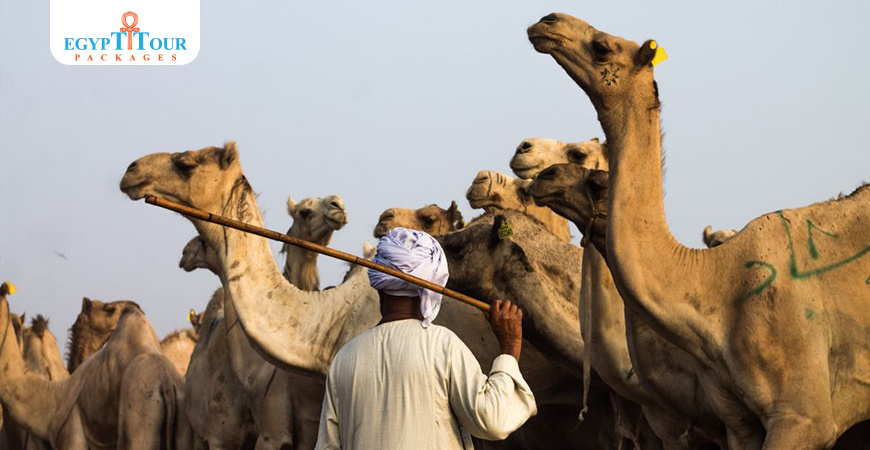
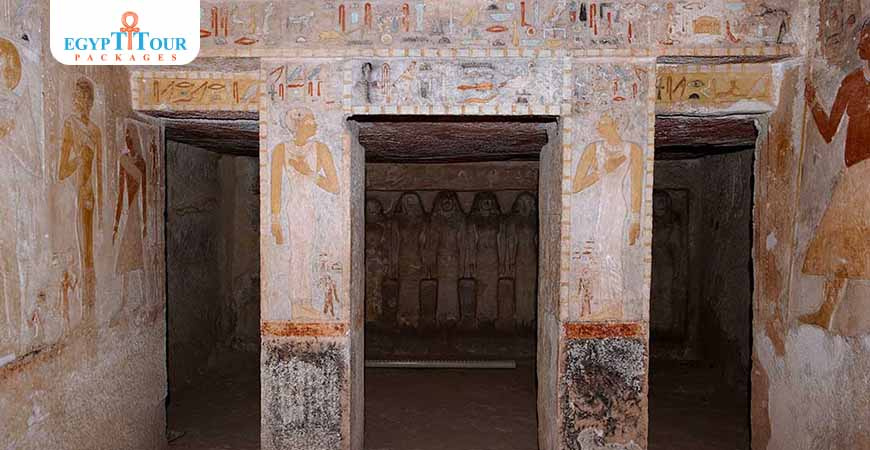
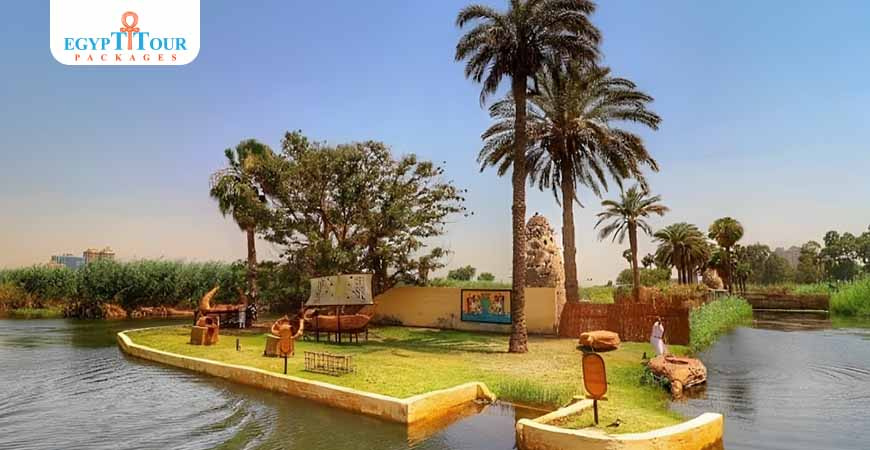

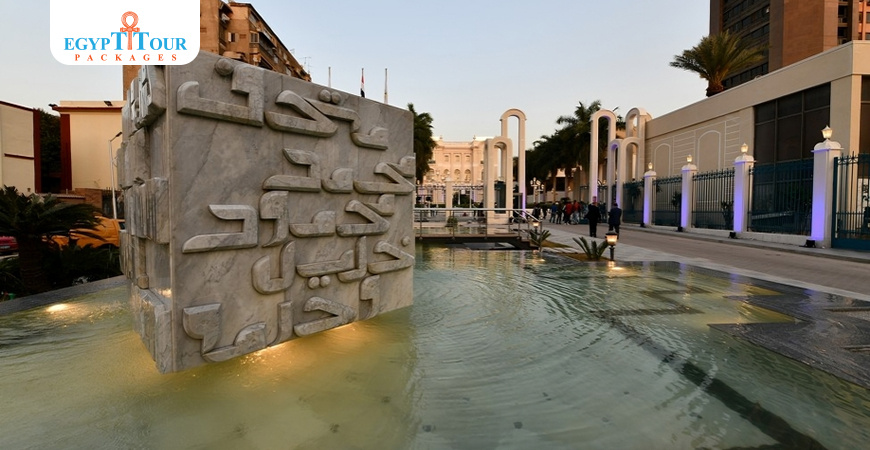

0 Comments